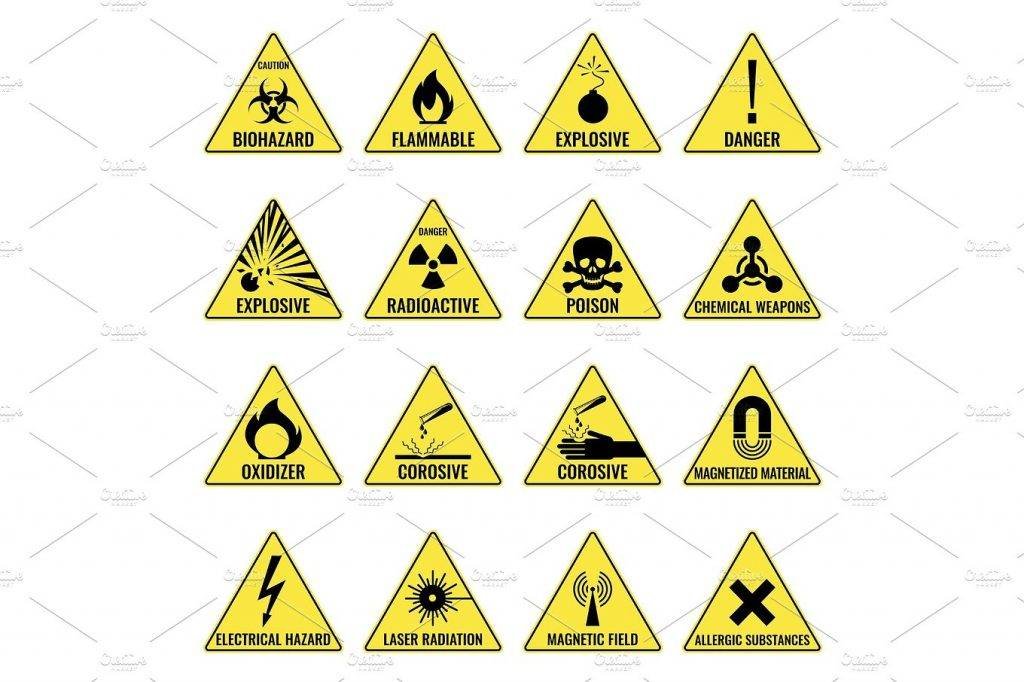Warning labels play a crucial role in our daily lives, alerting us to potential hazards and guiding us on the safe usage of products and equipment. From household items to industrial machinery, these labels are designed to inform, caution, and protect consumers and workers alike. Let’s delve into the significance of warning labels, their types, and why they are essential for ensuring safety and awareness.
Understanding Warning Labels
Warning labels are informational tags or stickers attached to products, machinery, vehicles, or buildings. They provide important safety instructions, usage guidelines, and precautionary measures to prevent accidents, injuries, or misuse. These labels often feature bold text, symbols, and colors to grab attention and convey critical information at a glance.
Types of Warning Labels
- Safety Precaution Labels: These labels indicate potential hazards associated with the product or equipment and provide instructions on how to avoid accidents. Examples include “Caution: Hot Surface” or “Warning: High Voltage.”
- Instructional Labels: These labels offer step-by-step instructions for safe assembly, operation, or maintenance of a product. They guide users on proper handling to prevent injury or damage.
- Environmental Hazard Labels: Found on products containing hazardous materials, these labels inform users about potential environmental risks and proper disposal procedures. Examples include labels for chemicals, batteries, or electronic waste.
- Regulatory Labels: Mandatory labels required by law or regulatory agencies to ensure compliance with safety standards and regulations. Examples include labels on food packaging, pharmaceuticals, and consumer electronics.
Importance of Warning Labels
- Safety Awareness: Warning labels raise awareness about potential risks and hazards associated with products or environments. They educate users on safe practices and encourage responsible behavior.
- Legal Compliance: Manufacturers and businesses are legally obligated to provide accurate and prominent warning labels to protect consumers from harm. Failure to comply with labeling requirements can result in legal consequences and liability issues.
- Accident Prevention: Effective warning labels help prevent accidents, injuries, and property damage by alerting users to potential dangers and guiding them on safe usage and handling practices.
- Consumer Protection: Warning labels empower consumers to make informed decisions about product safety and usage. They promote transparency and accountability in product manufacturing and distribution.
Designing Effective Warning Labels
- Clear and Concise Messaging: Use simple language and concise wording to convey the message clearly. Avoid technical jargon or ambiguous terms.
- Visible and Prominent Placement: Ensure warning labels are prominently displayed where they are easily visible and accessible to users. Use contrasting colors and bold fonts to enhance readability.
- Use of Symbols and Pictograms: Incorporate universally recognized symbols and pictograms to supplement text-based warnings. Symbols enhance comprehension, especially for multilingual audiences or individuals with limited literacy.
- Regular Evaluation and Updates: Periodically review and update warning labels to reflect changes in product design, safety standards, or regulatory requirements. Ensure labels remain accurate and effective over time.
Conclusion
Warning labels are essential tools for promoting safety, awareness, and responsible use of products and environments. Whether in homes, workplaces, or public spaces, these labels serve as vital reminders of potential hazards and necessary precautions. By adhering to labeling standards and ensuring clear communication of risks, manufacturers and businesses play a crucial role in safeguarding consumers and enhancing overall safety culture. Stay informed, stay vigilant, and prioritize safety with every product you encounter equipped with clear and effective warning labels.

